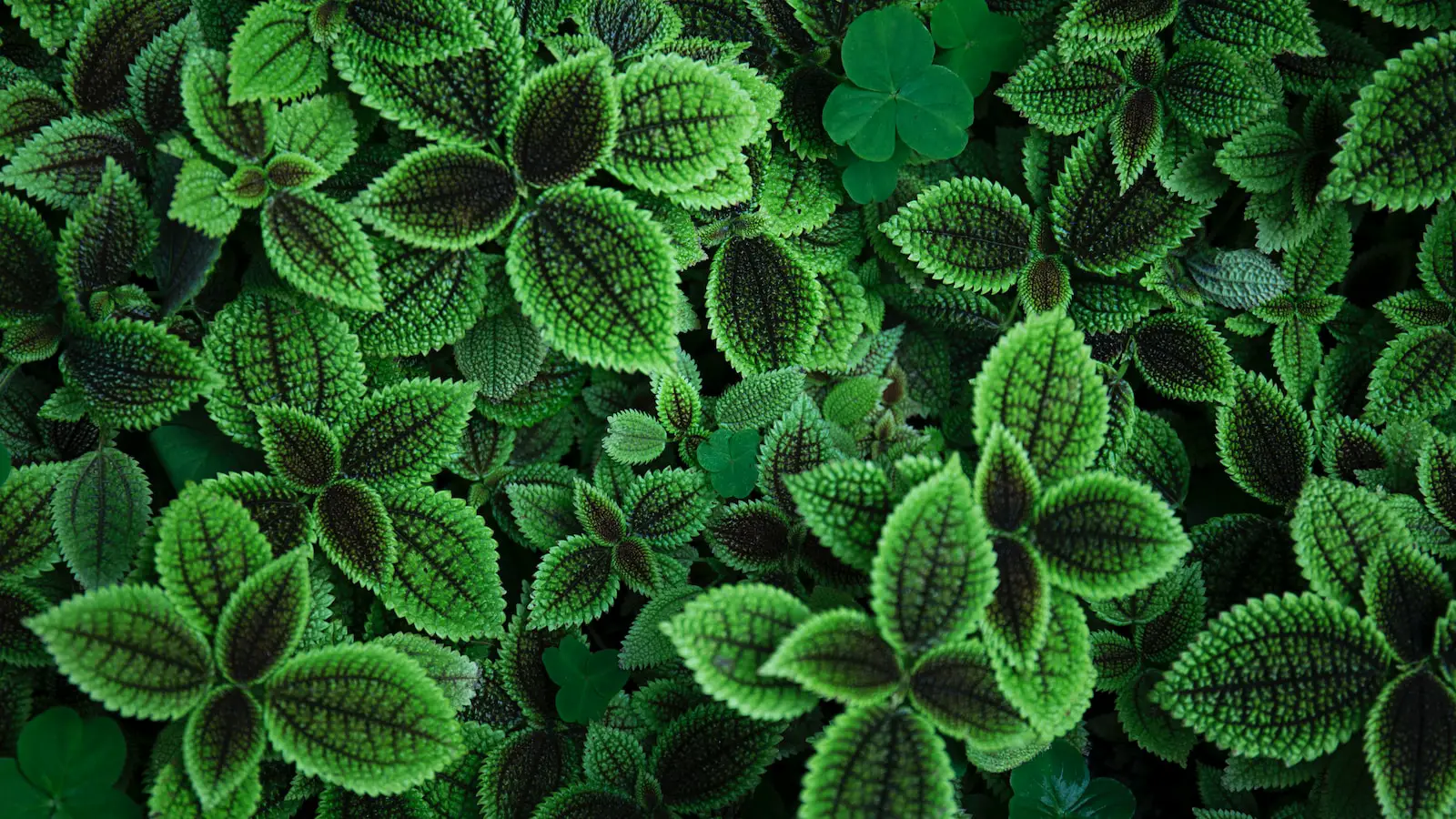Baby Bunny Bellies is a colloquial term for a charming and distinctive houseplant known scientifically as Soleirolia soleirolii. This creeping, tender perennial has earned its whimsical name from its delicate and fine-textured leaves, which are small and rounded, resembling the soft bellies of baby bunnies. Its lush green foliage provides a lively splash of green wherever it is planted.
Native to the Mediterranean, Baby Bunny Bellies is also known as Baby’s Tears, Angel’s Tears, and Mind-Your-Own-Business. It’s a fast-growing plant that forms dense mats, often used as ground cover in gardens or in terrariums. The plant can be an attractive addition to both indoor and outdoor spaces, spreading elegantly along surfaces or cascading down containers.
In the home or garden, Baby Bunny Bellies provides a luxurious texture and a sense of tranquility. Though it appears delicate, with the right care, it can be quite resilient and low-maintenance. Its non-toxic nature makes it a good choice for homes with pets or children.
| Attribute | Details |
|---|---|
| Common Names | Baby Bunny Bellies, Baby’s Tears, Angel’s Tears, Mind-Your-Own-Business |
| Botanical Name | Soleirolia soleirolii |
| Family | Urticaceae |
| Plant Type | Perennial |
| Mature Size | 4 inches tall, indefinite spread |
| Sun Exposure | Partial Shade |
| Soil Type | Moist, Well-Drained |
| Hardiness Zones | 9-11 |
| Native Area | Mediterranean |
Baby Bunny Bellies Care
Baby Bunny Bellies thrive in partial shade, and they prefer consistently moist, well-drained soil. It’s essential to provide them with a habitat that mimics their natural environment in the wild, where they often grow in damp, shaded areas.
Watering should be done regularly to maintain moist soil, but it’s crucial not to waterlog the plant, as this can cause root rot. A good balance of moisture and drainage can be achieved by planting in a container with drainage holes or using well-draining soil.
Light Requirement for Baby Bunny Bellies
Baby Bunny Bellies require indirect sunlight or partial shade. Too much direct sunlight can scorch the leaves, leading to browning. The plant thrives in a location with bright but filtered light.
Soil Requirements for Baby Bunny Bellies
Moist, well-drained soil is essential for this plant. A mixture of regular potting soil with some peat moss or perlite works well. The soil should retain moisture but not become waterlogged.
Water Requirements for Baby Bunny Bellies
Consistent watering is key for Baby Bunny Bellies. The soil should be kept evenly moist, especially during the growing season. In winter, the watering can be slightly reduced. Over-watering must be avoided to prevent root rot.
Temperature and Humidity
This plant prefers a humid environment and temperatures ranging from 50 to 75°F (10-24°C). In dry indoor conditions, a humidifier or misting the leaves can help maintain humidity.
Fertilizer
A balanced liquid fertilizer can be applied once a month during the growing season. Avoid over-fertilizing, as this can harm the plant.
Pruning Baby Bunny Bellies
Pruning is not usually required but can be done to control the size and shape. Trimming the plant back in the early spring can encourage fuller growth.
Propagating Baby Bunny Bellies
Propagation is simple and can be done through stem cuttings. Cuttings can be placed in water until roots form and then transplanted into soil.
How To Grow Baby Bunny Bellies From Seed
Growing Baby Bunny Bellies from seed is rarely done, as propagation through cuttings is much more accessible and efficient.
Common Pests & Plant Diseases
Aphids
Aphids can be washed off with water or treated with insecticidal soap.
Fungal Diseases
Fungal diseases may occur if the plant is too damp. Ensuring proper drainage and avoiding over-watering can prevent these issues.
Common Problems With Baby Bunny Bellies
Brown Leaves
Caused by too much sunlight or dry soil, this can be remedied by adjusting light exposure and maintaining consistent moisture.
Leggy Growth
This indicates inadequate light, and moving the plant to a brighter location can correct the issue.
Pro Tips
- Maintain consistent moisture without over-watering.
- Provide bright, indirect light or partial shade.
- Consider using a humidifier in dry indoor environments.
- Grow in hanging baskets or containers for a stunning cascading effect.
- Be patient with propagation; roots from cuttings may take a few weeks to form.




